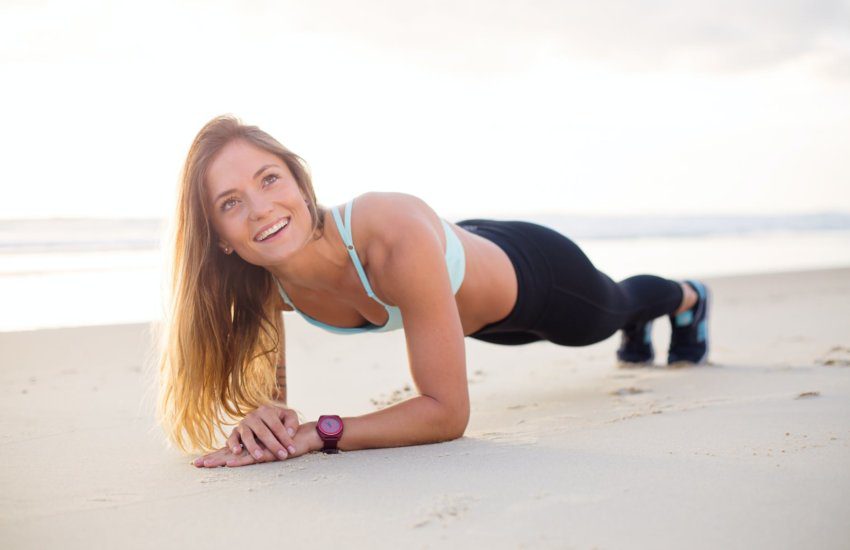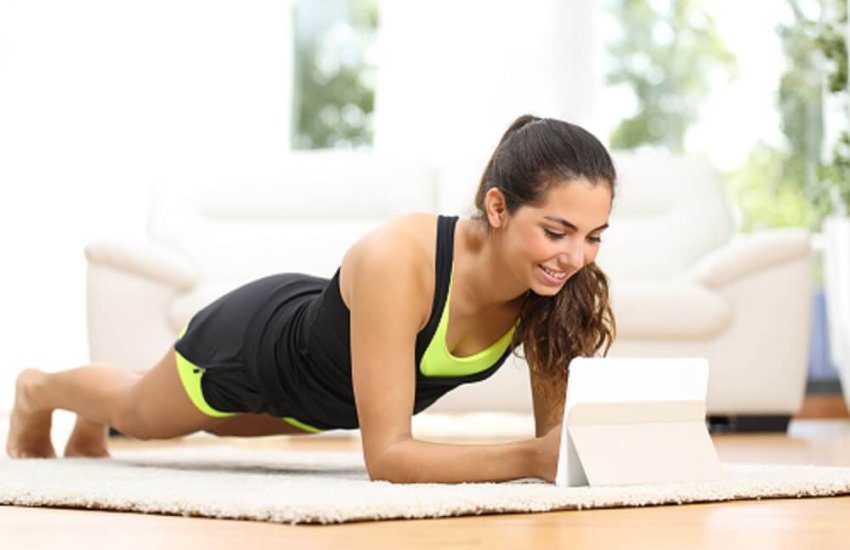What is Pilates Good for?
If you are a fitness enthusiast or thinking of getting into fitness, then you have probably heard of Pilates. It is a low-impact form of exercise that focuses on strengthening your body, with the main focus being core strength.
This is highly beneficial for your overall health and general fitness. It has a lot of similarities to yoga because it emphasizes posture, flexibility, and balance.
Most people who enjoy Pilates find it less strenuous, and there has been researched to prove that it has a lower risk of causing injuries.
Who can do Pilates?
Pilates can be designed to be a moderate strength training activity or a challenging energy bursting workout. As such, it is a form of exercise suitable for everyone, including beginners, pregnant women, the elderly, and people who regularly workout.
However, if you have never done this type of physical activity before, it is better, to begin with, basic exercises before you progress to the more challenging advanced moves.
This will give you a feel of what Pilates is all about and how it benefits you. There are numerous resources that you can use to facilitate your exercises.
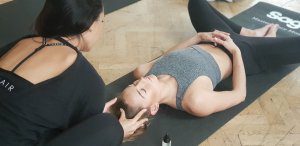 Regardless of your preferences and restrictions, you can find a teacher or an instructor who can work with you virtually or in person, or you can find videos online to help you along your Pilates journey.
Regardless of your preferences and restrictions, you can find a teacher or an instructor who can work with you virtually or in person, or you can find videos online to help you along your Pilates journey.
Having guidance will help you avoid injuries, and you will also achieve your goals by doing the Pilates exercises the way you are supposed to.
The history of Pilates exercises.
It might seem like a fairly recent exercise, but Pilates has been around since the 1920s. Joseph Pilates and his wife, Clara, developed and taught Pilates in their gym called ‘Body Conditioning Gym,’ which was located in New York.
Before Pilates became a regular workout routine used by almost everyone, it was a rehabilitation exercise used to rehabilitate injuries.
Joseph Pilates first came up with the exercises when he was working with patients who were unable to walk. This was before he moved to the USA; he was an intern in a hospital on the Isle of Man.
This technique of physical fitness was made popular by athletes, dancers, and celebrities who heard about the benefits of Pilates.
According to a description of the Pilates sessions in Body Conditioning Gym by Pilates elder Mary Bowen, Joseph Pilates, and Clara did not instruct their students, they sculpted them. This is attributed to the fact that Joseph Pilates was not a native English speaker.
Although Joseph Pilates invented Pilates techniques, his wife Clara made them suitable for most people by tailoring the exercises for people’s specific needs.
The benefits of Pilates.
When doing Pilates, it is important to focus on finding a central point to control your body through movement. This means that you must concentrate on moving your body through precise ranges of motion.
As such, Pilates is an excellent form of exercise for all the major muscle groups of your body and your brain too.
-Increased flexibility.
Pilates exercises increase the flexibility of the back, front-body, side-body, hips, and hamstrings.
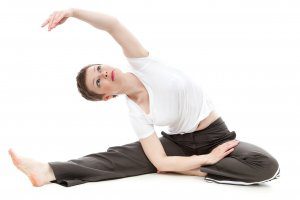 The balance of stretch exercises and strength training helps with the maintenance of physical integrity and alignment as you stretch a muscle and increases the range of motion for your joints.
The balance of stretch exercises and strength training helps with the maintenance of physical integrity and alignment as you stretch a muscle and increases the range of motion for your joints.
Numerous pilates exercises improve your flexibility—for example, The wall rolls down, and the spine stretch.
Like Joseph Pilates said, “You are as young as your spine is flexible.”
-Increases core strength.
Although Pilates seems like an easy-going exercise, it is quite effective for your deep core muscles that connect your entire body.
Your abdominal muscles make up a significant part of your core, but there are other muscles involved, i.e., your chest, pelvis, and back muscles.
A strengthened core makes your movement better and improves your posture and balance. Pilates also focuses on isolating and targeting these core stabilizing muscle groups, therefore significantly improving your core strength (J-STAGE (2016)).
There are various exercises you can try for improved core strength, such as single-leg lifts.
-Boosts your energy.
As most people who practice Pilates will tell you, it leaves you with a tremendous sense of well-being. Pilates makes you feel relaxed and energized at the same time because through the exercises, your body releases endorphins, which are naturally produced feel-good hormones (Scott, E. MS. (2018)).
Pilates also focuses on your breathing techniques; as such, it improves your blood circulation and ensures that there is enough oxygen distributed throughout your body, including your brain.
This invigorates your brain and helps with stress relief, which is constantly needed by numerous people today.
-Promotes weight loss
Pilates is just as effective for weight loss as other cardio exercises.
This is attributed to two main facts:
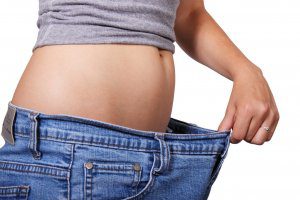
1. Pilates increases your total caloric expenditure from your baseline to a few more hundreds above that.
This directly leads to weight loss, especially if you are on a healthy diet.
2. Pilates boosts your metabolic rate. It makes use of both bodyweight training and weight training to help you with weight loss. This increases your lean muscle composition and reduces fat, making your basal metabolic rate better. This means that the more lean muscles you have, the more fat you will burn.
-Increases body and mind connection
Joseph Pilates always insisted that pilates (or Contrology as he referred to it) was all about the complete co-ordination of the body, mind, and spirit. To this day, pilates revolved around this principle.
Pilates uses breathing techniques to find mindfulness in movement.
These breathing techniques improve the effectiveness of Pilates exercises and help with the distribution of oxygen throughout the body, including the brain and the muscles, thus flushing the acids that make your muscles feel sore and getting rid of brain fog.
As a result, you achieve more mental clarity, the exercises reduce stress and anxiety, and you become more conscious of your body and what it is capable of due to the increased focus (Healthdirect.gov.au. (2018)).
Pilates principles
There are eight principles of pilates, which are the foundation of this form of exercise. According to pilates, these principles make you better at pilates and help you achieve balance, fluidity, and grace. They are:
Concentration:
Focusing on your mind and body connection makes you mindful of each body movement. This enhances your body awareness and helps you achieve optimal physical value.
Centering:
While doing Pilates exercises, always bring your focus to the center of your body. This brings calmness to your body and spirit and energizes you entirely.
Control:
This involves proper, safe, and complete muscle control. It helps you achieve the correct and exact form and makes sure that every part of your body is attended to.
Precision:
Executing one exercise with deliberate exactitude is better than performing repetitive motions with the wrong form. It is important, therefore, to have the right instructions in order to perform Pilates exercises the right way.
Breathing:
Breathing techniques are an essential aspect of pilates. Deep, controlled, diaphragmatic breathing is always recommended when you are performing pilates exercises because it boosts blood circulation and awakens your muscles and cells.
Alignment:
Good posture and the awareness of the placement of all the parts of your body is essential for effective pilates exercises. With pilates, it is important to be aware of your posture and form at all times.
Flow:
Pilates exercises are completed through a gentle flow of movement. Your exercises should be continuous, smooth, and graceful in order to bring strength and stamina to your exercises.
Integration:
All these principles (flow, alignment, breathing, precision, control, and concentration) work together to support and govern your movement. It is important to integrate all these principles in order to achieve your pilates goals.
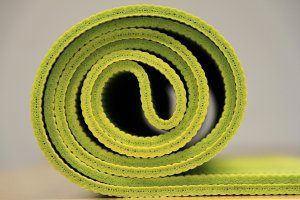 Since the 1920s, Pilates has been a part of the fitness community as an effective form of exercise for different goals.
Since the 1920s, Pilates has been a part of the fitness community as an effective form of exercise for different goals.
It has numerous benefits that have been scientifically proven, and this makes it one of the most popular exercises for people in various age groups.
With all these benefits, it is only right for you to participate and take on a pilates challenge.
Roll your mat out and practice some Contrology.
References
1. Healthdirect.gov.au. (2018). Exercise and mental health.
2. Scott, E. MS. (2018). Using Exercise to Relieve Stress. Verywell Mind.
3. Hyo Taek Lee, Hyun Ok Oh, Hui Seung Han, Kwang Youn Jin, Hyo Lyun Roh. (2016) Journal of Physical Therapy Science, Effect of mat Pilates exercise on postural alignment and body composition of middle-aged women.

